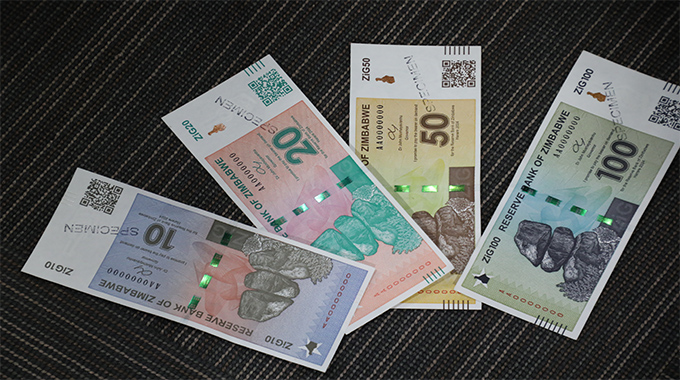Prices continue to fall in Zimbabwe
Business Reporter
ZIMBABWE’s annual rate of inflation shed 1.45 percentage points on the April figure to minus 2.65 percent in May, as tight liquidity and weaker rand maintain pressure on prices. According to Zimbabwe National Statistics Agency, prices decreased by an average — 2,65 percent between April 2014 and April 2015.
Zimbabwe uses a basket of currencies dominated by the United States dollar, and the appreciation of the greenback continues to make imports, especially South Africa, cheaper for local retailers.
Economists agree, almost unanimously that while the green back has stabilised the economy and brought predictability and low inflation, it remains too strong a unit for Zimbabwe.
On average, Zimbabwe imports about 60 percent of basic products consumed in the country from South Africa due low industrial production, which currently averages 36 percent.
The month on month rate of inflation in April 2015 came in at minus 0,89 percent shedding 0,86 percentage points on the March 2015 inflation rate of minus 0,03 percent.
Monthly inflation has in recent months also kept a downward trend in reflection of the continuous down trading by retailers, including Innscor, Delta, Econet and Dairibord to boost demand.
Price reductions have been noted in such fast moving consumer goods as airtime, bread and beer.
It is now apparent, following earlier conflicting schools of thought on factors behind the decline, that price adjustment is being driven by price realignment and not deflationary crisis.
It has long been argued that high prices in Zimbabwe under the strong United States dollar would not sustain for long for a country that has the freedom to import cheaper from the region.
According to the national statistical office, the year on year Food and Non Alcoholic beverages stood at minus 2,93 percent while the non-food inflation rate was minus 2,51 percent.










Comments